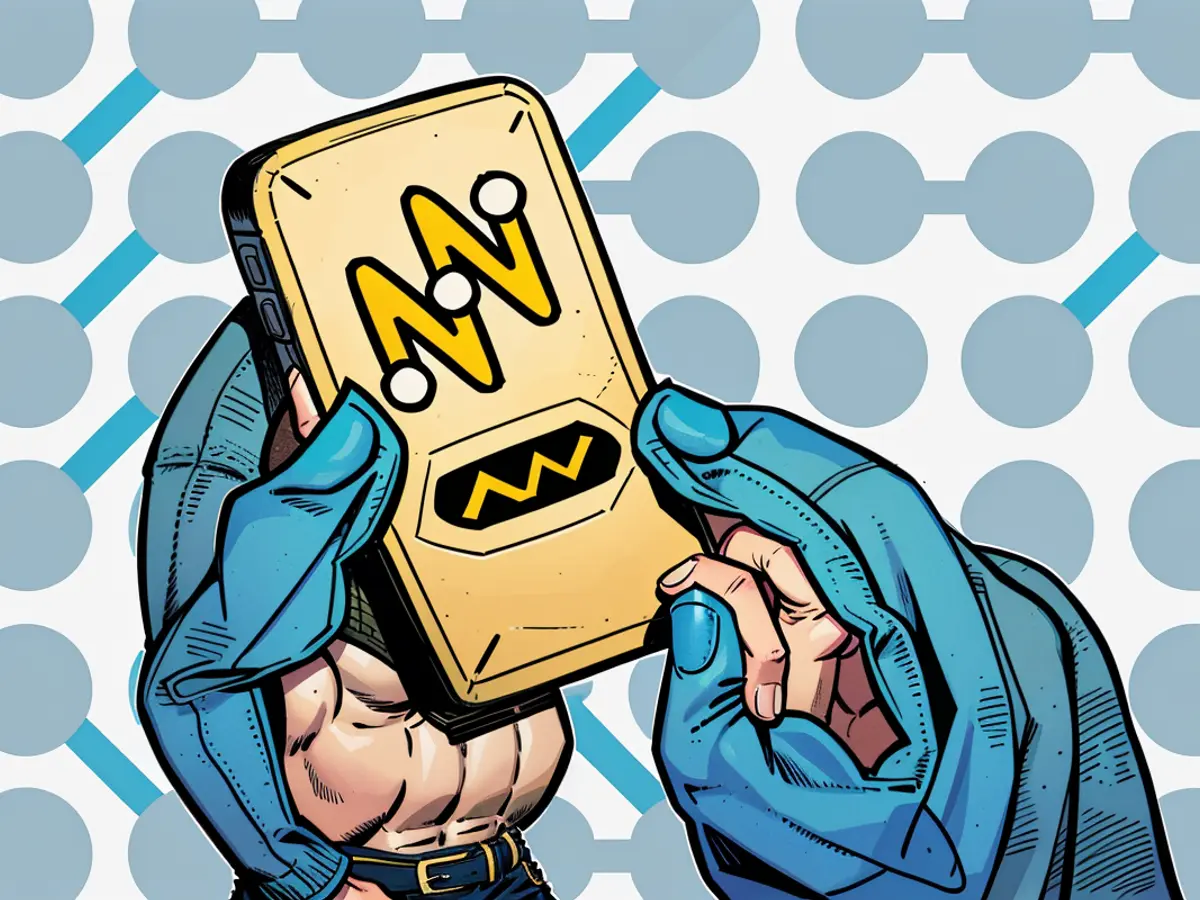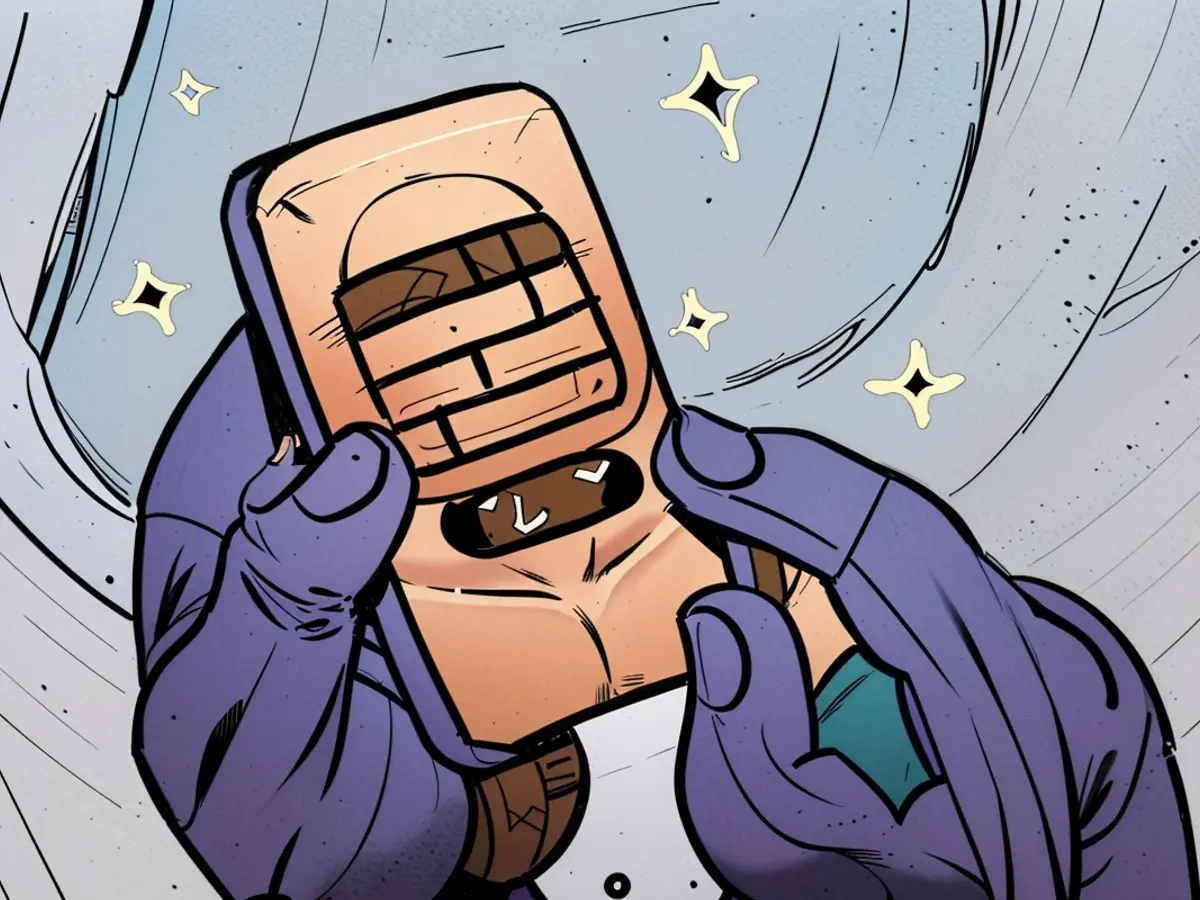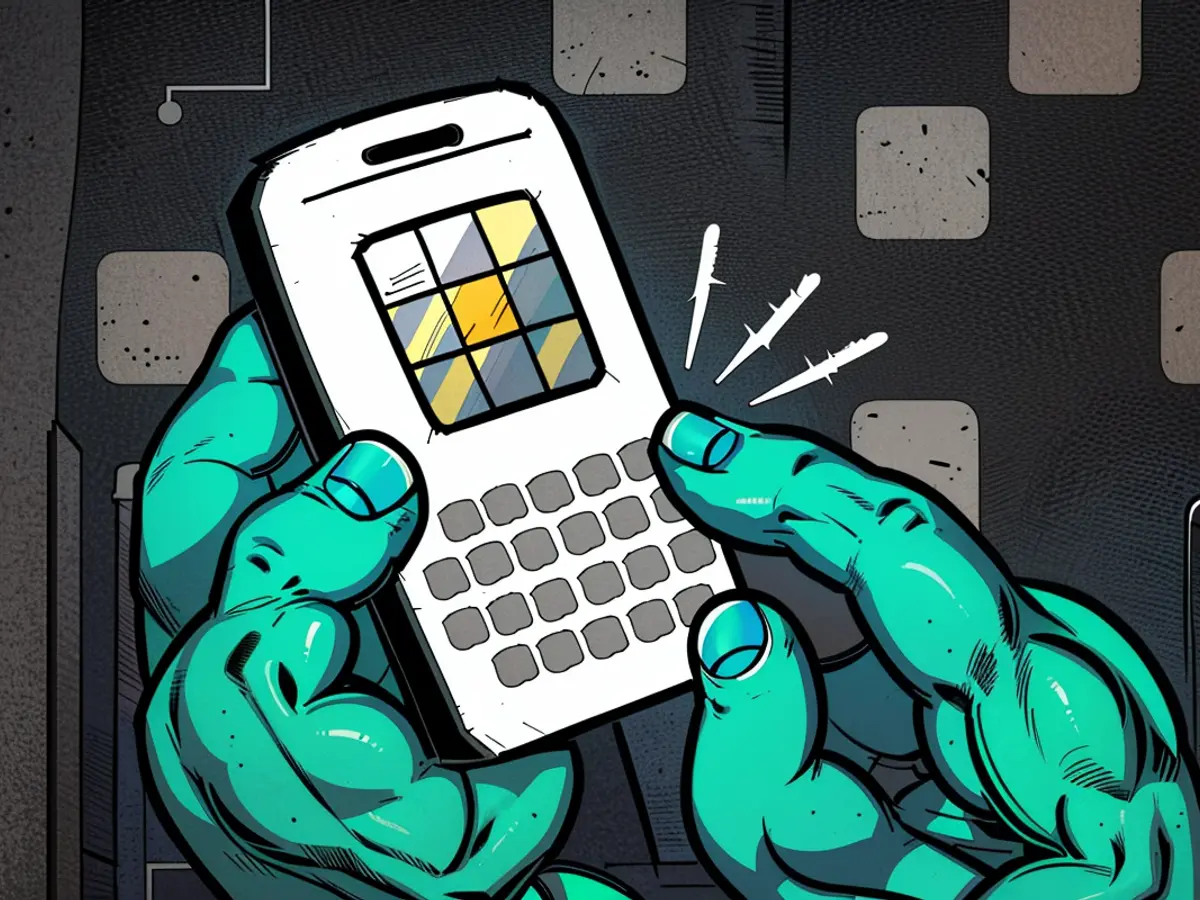Try the 'Five Things' Method When Cleaning Feels Overwhelming
Cleaning can be therapeutic and fun for some, but totally overwhelming for others. There are a number of methods you can use to manage your time tidying, but one in particular has gotten a lot of attention lately, in part because it leaves room for some imperfection and allows you to go at your own pace.
The “5 Things” method comes from KC Davis, the author of How to Keep House While Drowningwho is also a popular CleanTok influencer. The licensed professional therapist has 1.5 million followers on TikTok, where she expands on her concept of Struggle Care, advising people on how to clean without becoming overwhelmed while also discussing mental health issues and sharing household hacks.
What is the “5 Things” method?
Davis suggests that, if keeping your home tidy feels unmanageable, you should really only focus on five things while cleaning:
- Trash
- Laundry
- Dishes
- Things that have a place
- Things that don’t have a place
Any mess can be broken down by those categories, she says, and once you start sorting everything according to those classifications, you’ll feel less overpowered, no matter how much you have to tackle.
“To keep from getting overwhelmed, you have to do one at a time over the whole space,” she explains in her original video introduction to the method.
How does 5 Things work?
You should tackle the five things in the order they're presented here.
- First, go around collecting trash, then dispose of it. Simply take a garbage bag around the room, grabbing receipts, wrapper, or whatever garbage you see.
- Next, move around the space again, this time collecting only clothes and shoes and placing them in a basket while actively ignoring everything else. Don't stop to grab anything that isn't laundry; you'll get to that eventually, but it'll be easier if all the clothes are out of the way first, just like grabbing the clothes is already easier without trash in the way.
- Then, put all your dishes in the sink—but don’t worry about doing them yet. Reassess the remaining items in the area.
- Everything with a space should be put away now. If you're in a big room or the items with a place come from a variety of locations around the house, consider first sorting them into boxes based on where they belong. Have a box for the living room, one for the kitchen, one for the bathroom, etc. When they're full and everything is in its correct box, bring each box to the room it represents and put it all away. That will stop you from running back and forth a bunch of times, which can be overwhelming.
- Finally, pile up anything that does not have a designated place. Once the space is clear, you can decide where the stuff in the final pile should go. Use your preferred decluttering method to decide what stays and what gets tossed. Oh, you don't have a preferred decluttering method? Here's a list of my favorites.
Per Davis, you can break this process down over the course of days, too, if you feel like it’s too much to handle at once.
Watch the method in action here:
Davis reminds her followers that “being untidy isn’t a moral failing” and there are a number of reasons—from ADHD to having kids—that you may not have your home as clean as you think you should. Breaking the tasks down into just five categories and sticking to each until it’s done is a simple, effective way to make your space more livable. Once it’s livable, she says, you can go back through and give it a more thorough cleaning.
This cleaning method, known as the "5 Things" method, was popularized by CleanTok influencer and licensed professional therapist KC Davis. The method suggests focusing on five specific areas during cleaning: trash, laundry, dishes, items with a place, and items without a place. By tackling each category systematically, individuals can feel less overwhelmed and more in control of their cleaning tasks, even if they have a large amount to tackle. For example, one might start by collecting trash, then moving on to collecting laundry, and so on. This method can be broken down over days if needed and is designed to be flexible and accommodating for various circumstances, such as ADHD or having children.








